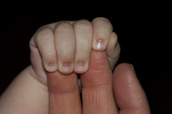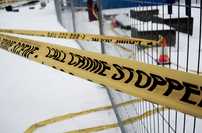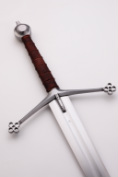- Home
- Videos
- Links
- Working with Interpreters
- Favorite Products
-
Newsletters
- December 2017
- December 2014
- June 2014
- March 2014
- December 2013
- November 2013
- October 2013 Newsletter
- July 2013 Newsletter
- June 2013 Newsletter
- March 2013
- February 2013
- January 2013
- December 2012
- November 2012
- October 2012
- September 2012
- August 2012
- July 2012
- June 2012
- May 2012
- April 2012
- March 2012
- February 2012
- January 2012
- November 2011
- October 2011
- September 2011
- August 2011
- July 2011
- March 2011
- February 2011
- January 2011
- October 2010
- September 2010
- May 2010
- April 2010
- March 2010
- September 2009
- May 2009 Remastered
- April 2009 Remastered
- February 2009 Remastered
- Healthy Body and Soul
- Upcoming Seminars
- More...
- COVID info for Medical interpreters
January 2013 Newsletter
In this number:
Review of Murder Terminology
Etymology of Spanish term Arma Blanca
Melee Weapons
Cultural Differences in Family Court
Glossary of Facial Features
What are Performance Enhancing Drugs
Healthy Body and Soul Tips
Links of the Month
|
|
Links of the Month
Site: El Universal.com/consultorio-Letters from readers in reference to legal issues and responses from attorneys/includes family law, civil law, etc.
Product: Ultimate Vocabulary Builder
Site: El Universal.com/consultorio-Letters from readers in reference to legal issues and responses from attorneys/includes family law, civil law, etc.
Product: Ultimate Vocabulary Builder








